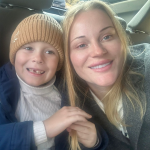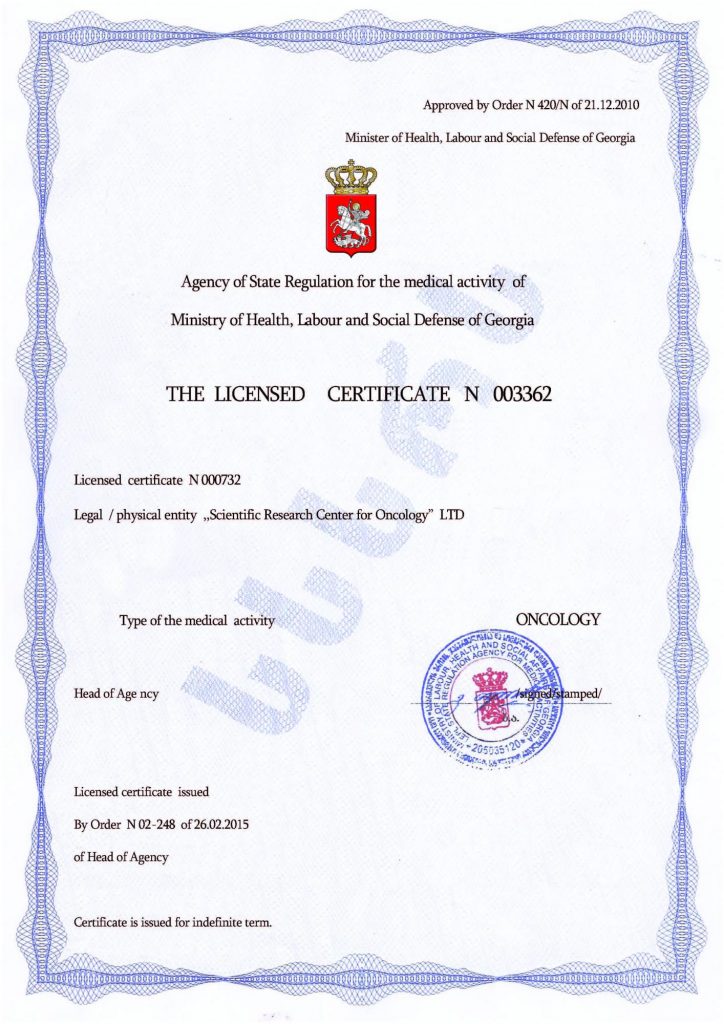Artistic Talent in Autism
The link between the inclination to draw and autism is a subject of active study and discussion in scientific and clinical circles. Both children and adults with autism spectrum disorders (ASD) often exhibit unique artistic abilities, which may be due to the peculiarities of their perception and information processing.
- Some autistic individuals possess exceptional talents. In drawing, these talents manifest in incredibly detailed images, photographically accurate perspective rendering, and a unique perception of shapes and space. These abilities are often associated with the phenomenon of savant syndrome—a rare condition found in about 10% of autistic individuals. A person with savant syndrome demonstrates extraordinary skills in a particular field, despite having general cognitive limitations. For example, British artist Stephen Wiltshire is renowned for his phenomenal ability to recreate detailed cityscapes from memory.
- Perception and information processing play a role here as well. Autistic individuals often have an enhanced ability for local processing of information—they focus on details and parts of an object rather than its holistic perception. This trait aids in creating precise and detailed drawings, although it may also make it harder to understand the context or overall composition.
- Drawing also serves as a medium for communication and therapy. Many autistic individuals view drawing as an alternative form of self-expression and communication, especially when verbal communication is challenging for them. Artistic activities, therefore, can be used for therapeutic purposes—to develop social skills, learn how to perceive and express emotions, and reduce anxiety levels. For instance, narrative drawing is used to enhance emotional expression and communication skills in children with autism.
Reasons for Such Talent
- Sensory and Perceptual Sensitivity
Autistic individuals often have heightened sensitivity to visual, auditory, and tactile stimuli. This may manifest as an exceptional perception of color shades, textures, the play of light and shadow, and complex patterns that go unnoticed by others. Visual impressions are sometimes more deeply and durably processed than they are by neurotypical individuals. This attention to detail and ability to notice the smallest nuances help create more accurate and “alive” images, and also foster spatial thinking. - Thinking in Images
Many autistic individuals tend to think in images rather than words. They “see” entire pictures, constructions, or scenes in their imagination, which they then bring to life in drawings, sculptures, or other forms of art. The prevalence of visual thinking in the brain makes artistic creativity a natural channel for self-expression. - Specific Areas of Interest
Autistic individuals often develop a “specific sphere of interest”—a strong concentration of attention on one or more topics. If this interest is related to art (drawing, graphics, sculpture, animation, etc.), they may engage in their passion for hours or even days, which accelerates the development of their skills. This intense practice leads to notable progress in creative activities. - Neural Features and Information Processing
Research shows that autistic individuals may have altered connections between different brain regions, especially those involved in visual information processing, attention, and planning. There are often stronger local neural connections, while connections between more distant parts of the brain are relatively weaker. As a result, they develop the ability to focus on small fragments of an image, retain details in memory, and later combine them into a cohesive artistic image. - Independence from Social Norms
Since autistic individuals are generally less inclined than neurotypical people to conform to social norms and expectations, they may feel freer to experiment with artistic style, technique, color combinations, and content. This independence from conventional creative standards allows for individual, atypical solutions, which are often considered manifestations of original or extraordinary talent. - Art as a Means of Self-Expression and Communication
Art is also a way of emotional expression and communication. Many autistic individuals find it difficult to express their feelings and thoughts verbally, and exchanging emotions through verbal communication can be challenging for them. As a result, visual art becomes an alternative “language.” Through drawing or sculpture, these individuals can convey their inner states, which further motivates them to develop their artistic skills and techniques. - Creative Development Programs
Due to the above-mentioned factors, many corrective and developmental programs for children with autism focus on fostering creative abilities. Activities such as drawing, sculpting, music, or participating in theatrical performances help relieve stress, develop fine motor skills, teach concentration, and promote social interactions.
Thus, the combination of heightened sensory sensitivity, predominantly visual thinking, the ability to maintain prolonged focus on specific objects or themes, and relative freedom from social constraints creates a favorable environment for the development of artistic abilities in many autistic individuals. Of course, not all of them automatically become artists, but statistics show that among individuals with neurodevelopmental disorders, a significantly higher percentage is involved in visual arts, music, sculpture, or design.
However, it is important to note that the talents of autistic individuals in certain areas are often associated with deficiencies in others, and the cause of this imbalance is the disorder itself. Therefore, addressing the disorder while preserving the existing abilities is a challenging task for medical professionals. Cell therapy offers a solution—an innovative technology that can eliminate the disorder and its negative symptoms while leaving positive personality traits—specifically, talents in any area—untouched.
This relatively recently developed approach has already gained widespread recognition. It is considered safer, more natural, and more effective compared to traditional methods. It involves transplanting the patient’s own stem cells, which eliminates the risk of rejection. A unique feature of these cells, which form the basic foundation of all tissues and organs, is their ability to transform and replace damaged cells with healthy analogs. This procedure leads to the normalization of brain and nervous system activity, stabilizes behavior, accelerates development, and reduces autism symptoms, which often disappear completely. The changes persist for a long time, often for life, making the therapeutic interventions more effective.
The promising prospects of cell therapy suggest that it may become the main method of combating autism spectrum disorders and their symptoms in the future. Currently, it is only used in leading clinics around the world, of which there are not many. Among them is the Mardaleishvili Medical Center, where highly qualified doctors have gained extensive successful experience using stem cell transplantation.
The center’s state-of-the-art, high-tech equipment allows for the best possible therapeutic outcomes, and the overall level of service meets the strictest standards. Importantly, treatment at the center is more financially accessible than in other countries, and the staff offers assistance with travel planning and resolving various issues, including accommodation during rehabilitation.
Cell therapy is a genuine opportunity to unlock your talent without stress!
Autism Treatment Center Videos
Autism treatment with own stem cells
Cord blood association congress
International Quality Crown
Autism Treatment Reviews
Autism treatment with own stem cells
The story of Alessandro (6 years old)
Autism Patient Testimonial - Stem Cell Treatment
Clients Testimonials

Review by Anastasia, mother of Yusup (8 years old) Read More
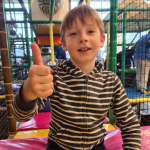
Feedback from Nathalie, mother of Andre (9 years old) Read More

Feedback from Yulia, mother of Emily (7 years old) Read More
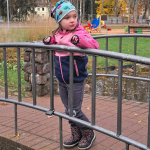
Feedback by Everita, Katrina’s mother (5 years old) Read More
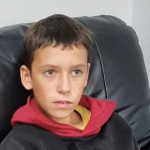
Feedback from Igor, David’s father (12 years old) Read More
